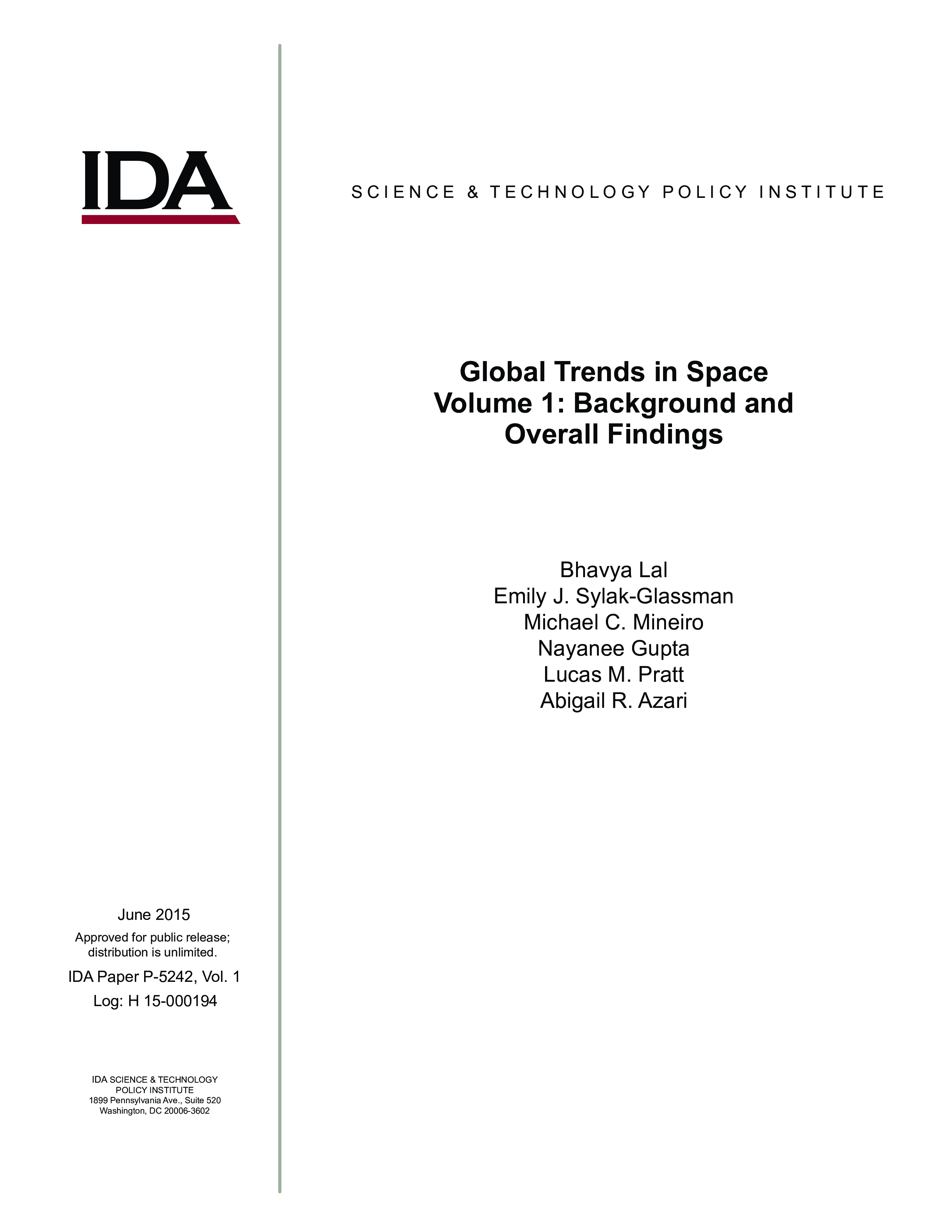Space activities, previously the exclusive realm of the United States and the Soviet Union, now include many more actors, both governmental and commercial. This growth is not new--the number of countries involved in space activities has been growing continually since the early 1960s. While there has been commercial activity in space for decades, recent years have seen growth both in the number and variety of space-related technologies and services available for purchase. The Science and Technology Policy Institute (STPI) explored these recent changes in the space sector. The first goal of our study was to understand the factors that are driving these changes. We found that the primary driver of these changes is that falling cost of technology has allowed more--public and private--to participate in space activities. Commercial off-the-shelf (COTS) microelectronics and consumer electronics components are increasingly being integrated into space technology, primarily in small satellites, which have increasingly become more capable. The second goal of our study was to identify trends in the space sector. The space sector is highly multifaceted, and trends are specific to a particular subsector or type of participant. Because of this, the report explores trends in government space programs and commercial space, trends in small satellites, and trends in seven different subsectors: Earth observation, communication satellites, space science, launch capability and access to space, position, navigation, and timing (PNT), human space flight, and space situational awareness.

